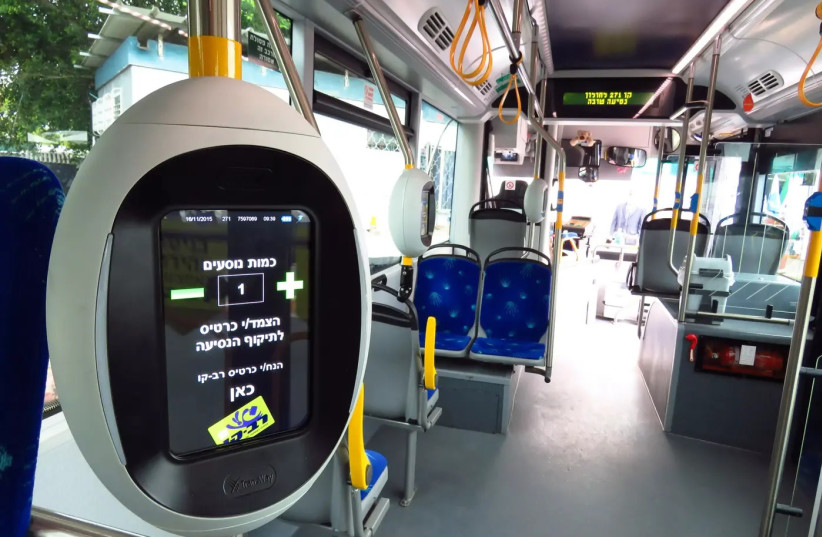There has been a significant shortage of bus and truck drivers for several years, but since October 7, it has become even worse. Those who are doing this stressful job are working harder, involved in more road accidents, and suffering more from orthopedic pain.
According to a survey conducted by the Israel Institute for Occupational Safety and Health (IIOSH), the working hours of professional bus and truck drivers increased during the war period. In the summer of 2023, 34% worked more than 50 hours per week, and by December 2023, 38% exceeded that amount. In addition, 22% of drivers have been involved in accidents since October 7, compared to just eight percent of the general Israeli workforce.
The Knesset Economic Committee approved an extension of working hours for bus and truck drivers to up to 14 hours a day during the war, putting additional strain on them. Drivers suffer more than the average worker from back, shoulder, and neck pain.
The shortage of bus and truck drivers emerged at the beginning of the war. In response, Yoav Ben-Tzur, Minister of Labor, Social Affairs, and Social Services, signed a general permit amendment on October 14, raising the allowable working hours from 12 to 15 daily.
Following further examination, it was determined that 14 hours of driving per day could meet the current needs arising from the war, leading to the adjustment of the permit accordingly. The permitted working hours are now up to 14 hours a day and not more than 84 hours per week, including overtime. This permit is valid until the end of February or the end of the war.

Bus drivers are exposed to various occupational hazards
Drivers working extended hours are exposed to various occupational hazards, including air pollution from fuel combustion, exposure to particulate matter, volatile organic chemicals, heavy metals, mental stress, fatigue, and musculoskeletal injuries related to improper ergonomics.
According to an IIOSH survey from 2022, 16.4% of the driver population reported diabetes, and 32% reported musculoskeletal injuries – with back, shoulder, and neck pain higher than the average worker. Additionally, 42% of drivers reported that they smoked, 26% said they were overweight, and 25% reported having high blood pressure. A follow-up survey conducted two months after the outbreak of the war showed that drivers were involved in work-related accidents twice as much as other workers, representing a 50% increase from the summer.
To safeguard bus drivers’ health during the war, IIOSH recommends:
• Advance safety and ergonomics training and physical activity tailored to maintain drivers’ health during work hours and prevent musculoskeletal issues from prolonged sitting;
• Encourage drivers to maintain a healthy lifestyle through scheduled breaks for meals, hydration, physical activity, and quality sleep while avoiding smoking;
• Ensure that drivers have regular medical check-ups;
• Be aware that workers under high pressure are at increased risk of getting into accidents. Avoid additional pressure, such as shouting, disregard for traffic, and difficulties caused by traffic congestion, other drivers, and passengers;
• Employers are obligated to ensure proper ventilation in driver cabins, prevent the accumulation of air pollutants, and minimize ergonomic damage caused by vehicle vibrations and prolonged driving.
